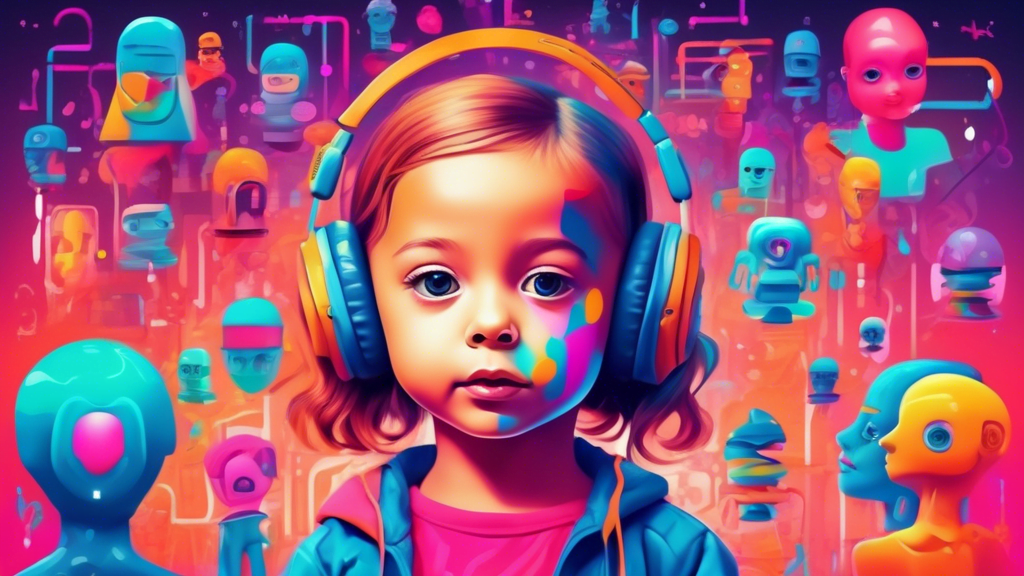AI Chatbots and Child Safety: Creative Potential, and Deepfake Detection
Let’s talk about AI chatbots and their, well, lack of empathy. Imagine this: a 10-year-old girl asks her Alexa for a fun challenge, and the advice she gets? To touch a live electrical plug with a coin. It sounds like a plot from a horror movie, but it’s a real issue highlighting the empathy gap in these bot companions. As more parents let AI keep their kids occupied, the urgent need for child-safe AI becomes crystal clear. These tools must be programmed to understand human emotions—especially those of vulnerable young users—lest we put them at risk of distress or even harm.
It’s not just kids asking for dangerous dares that’s concerning. The stories pouring in are a wake-up call for developers, showing that algorithms alone can’t replace human oversight. For instance, what if a child reaches out to a chatbot in distress? The lack of proper emotional intelligence and empathetic response in AI Chatbots and Child Safety: can lead to serious, sometimes dangerous, misunderstandings. This deficit makes it urgent to push for stricter regulations ensuring child safety tools are integrated into AI technologies.
Read about AI Chatbots Struggle with Breaking Political News: What You Need to Know
AI Chatbots and Child Safety: Research Breakthroughs and Creative Edge with AI
Switching gears somewhat, did you hear about the breakthrough in robot navigation inspired by ants? It’s impressive! Scientists discovered that ants visually recognize their environment and count their steps to find their way home. Taking a leaf out of this tiny insect’s book, researchers are developing autonomous robots that navigate using similar methods. This could mean huge improvements for tiny robots tasked with big jobs, like monitoring warehouse stocks or sniffing out gas leaks at industrial sites. Not exactly the stuff of Honey, I Shrunk the Kids, but pretty close!
Even in the creative field, AI’s presence is strongly felt. A recent study shows AI can boost creativity, making story ideas more novel and engaging. Imagine a tool that makes your next blog post sparkle with fresh ideas while hooking your audience from start to finish. Sounds delightful, right? The catch, though, is that while AI enhances creativity, it does so at the cost of variety. Your content might be novel, but more cookie-cutter than you’d like. It’s a balancing act every creator must think through.
AI Chatbots and Child Safety: Detecting Deepfakes and Regulatory Needs
Alright, onto the topic of deepfakes. Scary stuff, if you ask me. Researchers are working on detecting these fakes, even spotting inconsistencies in the stars reflected in a person’s eyes. It’s like finding Waldo but in a high-stakes game of truth and lies. As clever as these detection methods are, deepfakes suggest just how AI can deceive alongside its benefits. That’s another reason regulating AI development is so important—keeping these digital deceptions in check is vital for societal trust and safety.
One thing that’s clear amidst all these advancements: there’s a pressing need for clear regulations. Right now, many tech companies lack solid policies for child-safe AI. Without guidelines, we’re treading dangerous waters where innovation can sometimes outpace safety measures. Regulation isn’t about stifling progress; it’s about ensuring responsible innovation that takes potential risks into account.
AI Chatbots and Child Safety: Moving Forward
As fascinating and powerful as AI is, these stories remind us of its two-fold impact on society: the phenomenally good and the potentially harmful. From chatbots lacking empathy to ants inspiring robot navigation, each development needs careful handling and thought. Ensuring AI’s responsible and ethical use will make a world of difference, enriching our lives without compromising safety or trust. What’s your take on these developments? I’d love to hear your thoughts!
